OpenAI’s GPT-4o creates lifelike images with AI, transforming design, marketing, and education while raising ethical and copyright concerns.
GPT-4o: Advancing AI Image Creation
Recently, the well-known artificial intelligence research company OpenAI unveiled GPT-4o, a potent AI model that can produce incredibly lifelike photos. Users may now produce precise and in-depth visual material right within the ChatGPT platform thanks to this advancement in AI-driven image generation. For designers, content producers, and other sectors that depend on superior digital images, this development represents a significant leap forward.
Evolution of OpenAI’s Image Generation Models:
DALL-E, an AI model created to produce images from text descriptions, marked the beginning of OpenAI’s image production adventure. This model demonstrated AI’s capacity to transform written concepts into original and creative images.
With time, OpenAI released DALL-E 2, which enhanced the resolution, detail, and quality of images. Later, DALL-E 3 was released with improved realism, which resulted in more precise and cohesive visuals. These enhancements lay the groundwork for OpenAI’s most recent model, GPT-4o, which revolutionizes AI picture production.
Groundbreaking Multimodal Model:
OpenAI unveiled GPT-4o, a multimodal AI model that can process and produce text, images, and audio, in March 2025. GPT-4o incorporates many data types, enabling more organic and context-aware outputs than earlier iterations that focused on text or images independently.
One of the most impressive developments is its picture production capability, which can create incredibly accurate, lifelike, and detailed images. With the help of straightforward text instructions, users may now create photos from within ChatGPT, simplifying and expediting the procedure beyond recognition.
Features of GPT-4o’s Image Generation:
GPT-4o introduces several notable improvements in AI-driven image creation:
Realistic Image Generation:
GPT-4o creates highly detailed and lifelike images, capturing fine textures and realistic lighting, which were challenging for earlier models.
Accurate Text Rendering in Images:
A major improvement is GPT-4o’s ability to correctly render text within images, solving the issue of distorted or unreadable words that appeared in previous AI-generated images.
Transparent Backgrounds:
Users can now generate images with transparent backgrounds, making them easier to use in design projects without additional editing.
Enhanced Color and Composition:
GPT-4o ensures better colour balance, lighting, and composition, allowing for professional-grade visuals without needing manual adjustments.
Faster Image Generation:
Compared to earlier versions, GPT-4o processes image requests more quickly, reducing wait times and improving user experience.
Integration of GPT-4o with ChatGPT:
One of the most significant advancements is seamless integration with ChatGPT. Users can now:
- Generate images instantly through conversational prompts.
- Edit AI-generated images by giving feedback, refining details, or adjusting styles.
- Use AI-generated visuals for marketing, presentations, and design projects without needing external tools.
Industries Benefiting from GPT-4o’s Image Capabilities:
GPT-4o’s advanced image generation has the potential to transform various industries:
1. Marketing and Advertising:
- Businesses can create custom promotional materials without relying on stock images.
- AI-generated visuals can be tailored to specific campaigns, branding needs, and social media content.
2. Education and E-Learning:
- Teachers and educators can design illustrative learning materials to simplify complex subjects.
- AI-generated visuals help make online courses more engaging and interactive.
3. Entertainment and Gaming:
- AI can assist in concept art, character design, and storyboarding, speeding up the creative process.
- Filmmakers and game developers can use AI-generated assets to enhance production quality.
4. E-Commerce and Product Design:
- Businesses can create custom product mockups and 3D visualizations.
- AI-generated images can improve customer engagement on online shopping platforms.
Ethical Concerns and Copyright Issues:
While GPT-4o’s image generation is impressive, it has sparked ethical concerns, especially regarding copyright and artistic originality.
Replication of Artistic Styles:
Some users have used AI to imitate famous artists’ styles, raising concerns about intellectual property rights. For example, artists from Studio Ghibli and other creative industries have expressed concerns about AI mimicking their unique styles.
Restrictions on Copyrighted Styles:
To address these concerns, OpenAI has restricted image generation requests that attempt to replicate specific living artists’ styles. This is an attempt to respect intellectual property and protect human creativity.
AI’s Impact on the Art Industry:
Some artists fear that AI-generated images could reduce job opportunities for illustrators and designers. However, others believe AI can serve as a tool to assist human creativity rather than replace it.
Technical Challenges:
The high demand for GPT-4o’s image generation capabilities has led to some technical challenges:
Heavy Computational Load:
OpenAI’s CEO, Sam Altman, mentioned that the high volume of image generation requests is causing their GPUs to overheat, leading to temporary restrictions on AI image requests.
Rate Limits for Free Users:
To manage server load, OpenAI has introduced usage limits for free-tier users, allowing only a certain number of image generations per day. Paid users receive higher generation limits and priority access.
Quality Variations:
While most images are high-quality, some users have reported occasional inconsistencies, blurry details, or unrealistic elements. OpenAI continues to refine the model to reduce errors and improve consistency.
User Experience and Accessibility:
Users have mixed experiences with GPT-4o’s image generation:
Positive Feedback:
Many users appreciate the realism, speed, and ease of use. The ability to generate transparent images is highly useful for graphic designers. Businesses find AI-generated images cost-effective compared to hiring photographers or designers.
Negative Feedback:
Some users face technical issues or slow response times due to high demand. The restrictions on copyrighted styles limit certain creative possibilities. Free-tier users have limited access, making it harder to explore the full capabilities of GPT-4o.
Future of AI Image Generation:
GPT-4o is just the beginning of a new era in AI-powered visual content creation. Looking ahead, OpenAI and other AI companies are working on:
- Improving AI-generated video capabilities alongside still images.
- Enhancing real-time editing features, allowing users to modify AI-generated images instantly.
- Developing better safeguards to prevent misuse and ensure ethical AI usage.
- Expanding AI’s creative potential, helping artists and designers rather than replacing them.
Conclusion:
The introduction of GPT-4o has raised the bar for AI-driven image production and made producing realistic, high-quality images simpler than ever. Its smooth user interface with ChatGPT enables both individuals and companies to employ AI-generated photos for a variety of objectives.
However, there are still issues with copyright, morality, and technical constraints. The goal should continue to be striking a balance between responsible AI use and innovation as AI technology advances. GPT-4o is a significant advancement in AI creativity, and its further advancements will continue to influence how AI and humans work together in the digital realm.

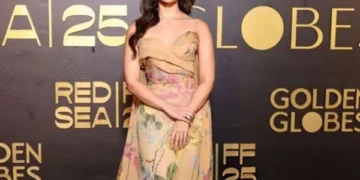


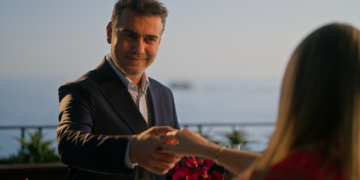

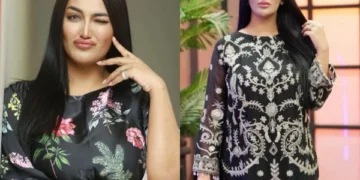


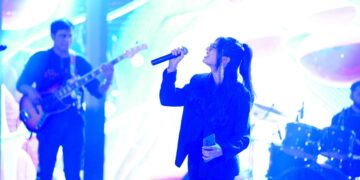



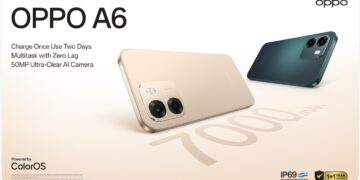

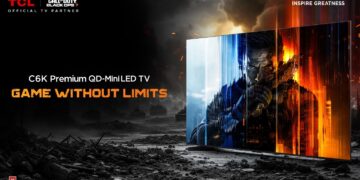
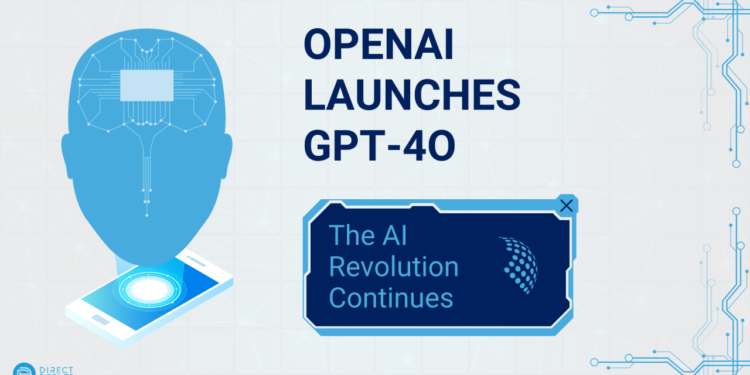


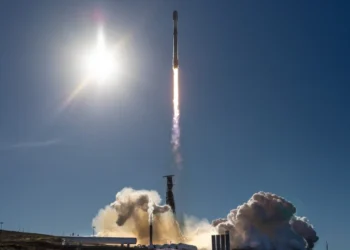
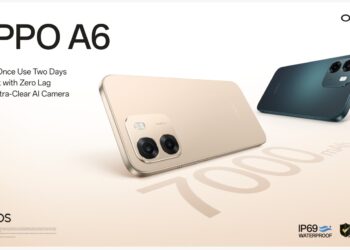





The transparency around low fees is refreshing and builds trust. Charts are accurate and load instantly.
I’ve been using it for a month for portfolio tracking, and the stable performance stands out. The mobile app makes daily use simple.
I’m impressed by the scalable features. I’ll definitely continue using it. I moved funds across chains without a problem.